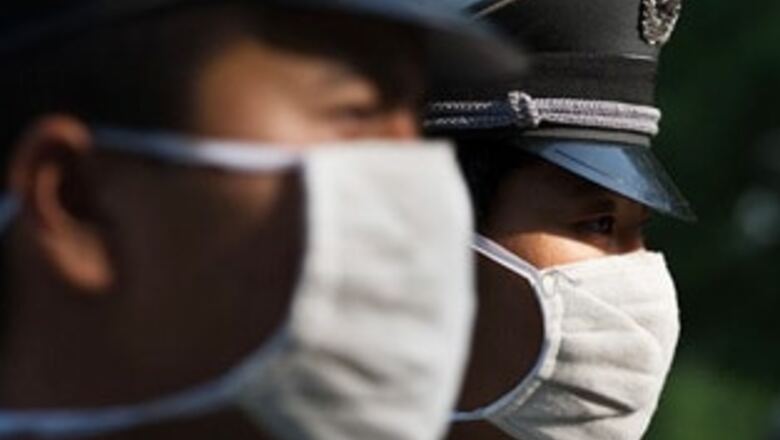
views
Geneva: There is no evidence to support a theory that the new influenza A H1N1 virus was created in a laboratory, said a World Health Organisation official on Thursday.
Scientists associated with the WHO had taken the theory seriously, said Keiji Fukuda, the organisation's head of health security, and looked into the claim.
"This group of scientist believes that this hypothesis does not stand up to scrutiny," Fukuda told reporters in Geneva, saying it was most likely a "naturally occurring virus".
An Australian scientist, Adrian Gibbs, had submitted a paper to the WHO on Saturday in which he had put forth his theory.
Fukuda said the incident was a "good example" of cross-border cooperation and scientists taking advantage of the way modern technology allows them to share information, unlike at any other time in history.
Also, the official said there were so far no signs that the virus, also known as swine flu, was showing resistance to anti-viral drugs.
Fukuda said the WHO would like to see anti-virals made available "as broadly and widely as possible", and the organisation was working with poorer nations to achieve this. It has already distributed some 2.4 million doses to the world's least developed countries and Mexico.
The Swiss drugmaker Roche, which produces an anti-viral, donated 5.65 million doses to the WHO earlier this week.
The British charity Oxfam has called on the WHO to support the creation of generic anti-virals, which could then be bought at a cheaper price by developing countries.
The WHO said that there was little interest in some countries to produce such an anti-viral until the recent outbreak of H1N1.
Similarly, Oxfam said that for any vaccine eventually created against the virus there should be an "equitable distribution" to all countries.
There was a meeting in Geneva at the WHO between pharmaceutical companies and advisory groups to the health agency, looking to tackle questions regarding the production of vaccines.


















Comments
0 comment